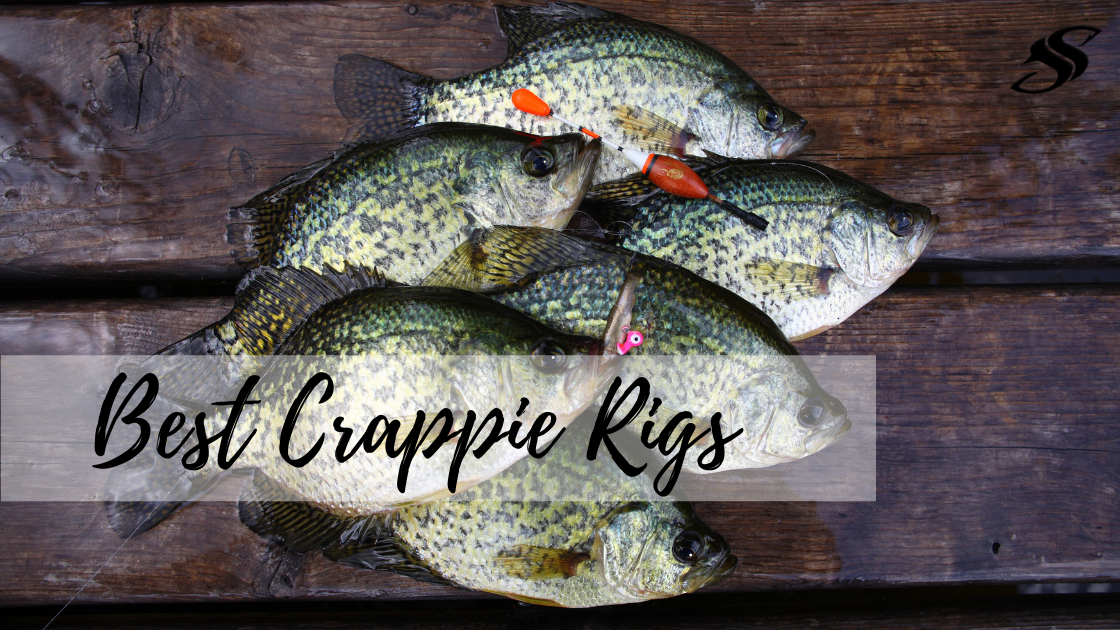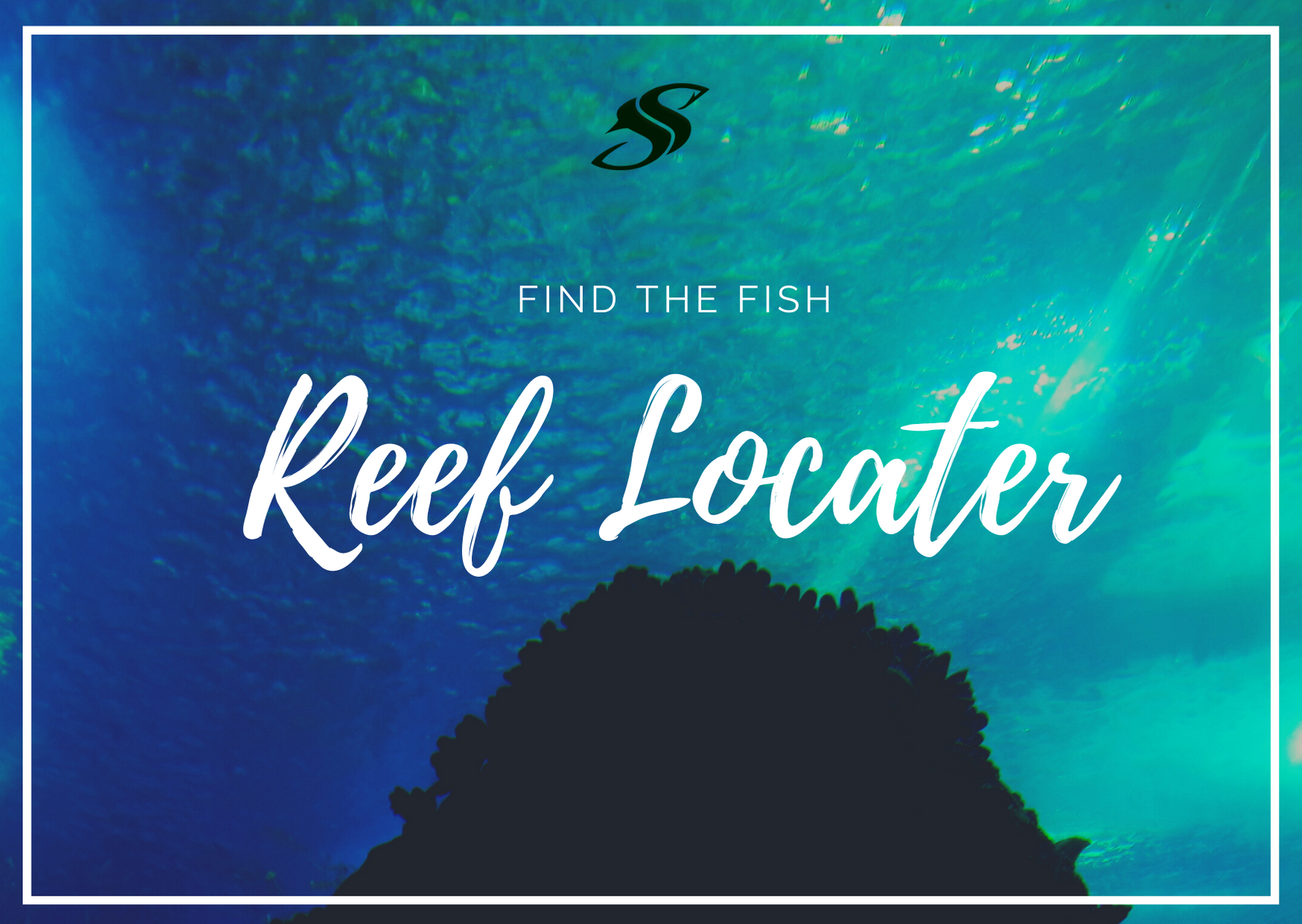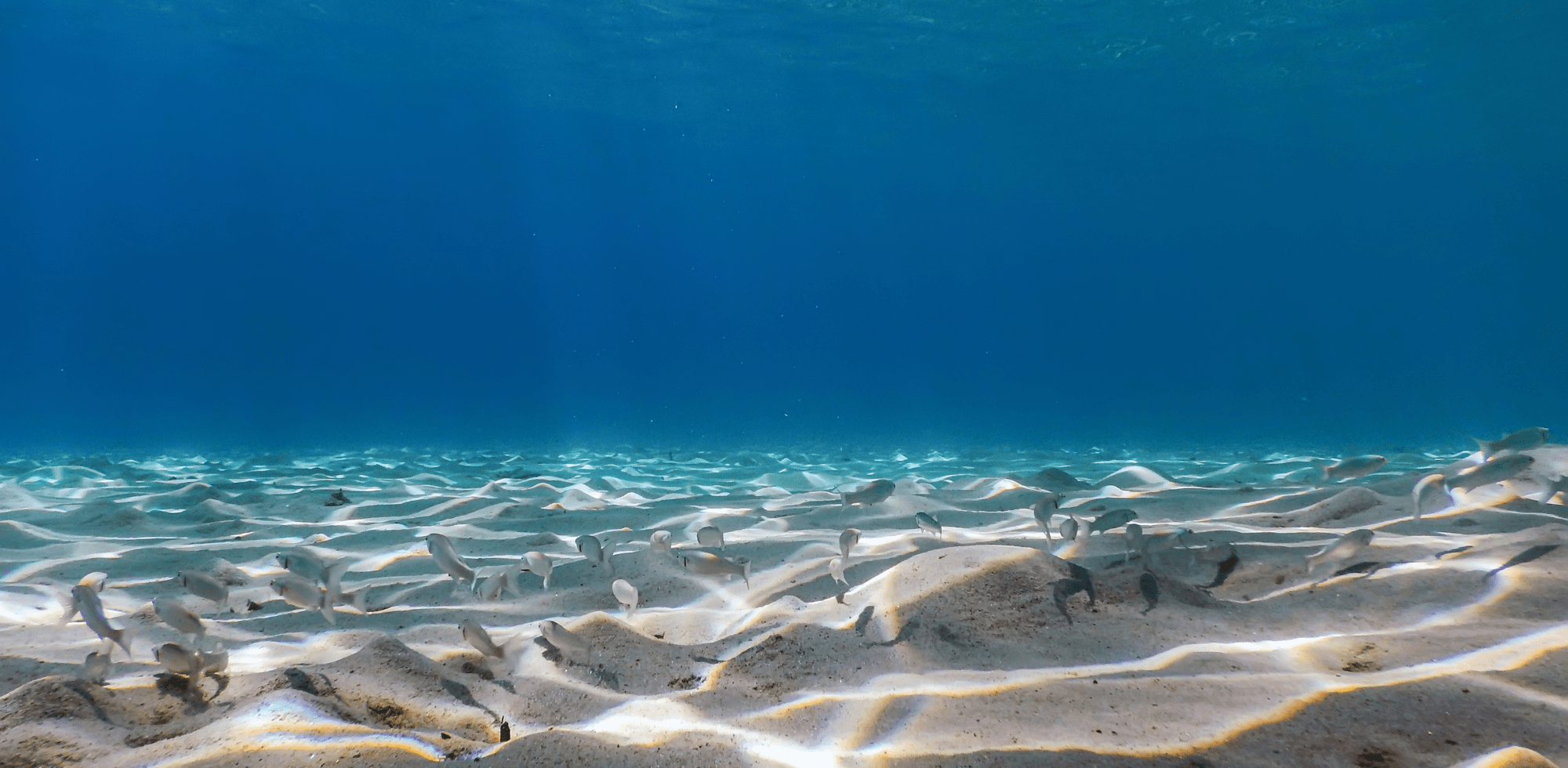
Kayak fishing is much more than catching fish. Kayak anglers see themselves as adventure sports enthusiasts. Spending long hours on a kayak, paddling it effectively, and ensuring that one gets to catch some fish by the end of the day is a wholesome adventure in itself. It offers hours and hours of entertainment and fun, not to mention a mental escape.
Yet, if you are new to kayak fishing, it may appear to be a completely different ballgame than any other angling style. Things are different on a kayak. It has very little space compared to the deck of a big boat. It is less stable and much closer to the surface of the water. Moreover, you are on your own when you're on a kayak. It is you who is the captain, the fisherman, the motor-operator, and the navigator.
It may sound excruciating. But, the fun that you get out of it is unmatchable. That's why the constraints of being on a kayak have never appeared as a deterrent. Instead, these challenges have made kayak fishing more enjoyable.
The trend to adopt kayak fishing is on an upsurge. Every day, more and more fishing and rowing enthusiasts are joining the kayak bandwagon. Apart from being a source of thrill and excitement, kayaks are much cheaper than traditional gas-powered boats. They make much less noise. They don't create unnecessary movements in the water. And, above all, they are extraordinarily environment-friendly.
With a kayak, an angler can travel to the remotest of locations and access the most under-fished waters. Also, since they are more flexible, they can adapt to the need of the moment much quicker.
The utility-value of a kayak has made anglers all over the world curious. People who were involved in other styles of fishing are trying to gain more knowledge. Their inquiries relate to what types of kayaks are the best to buy, what kind of accessories one needs to have, etc. But often, what people tend to forget is that it is not only about making the right purchases. To become an efficient angler, you need to know the risks and the unique techniques that help leverage the most out of a kayak.
Since you are much closer to the water and dependent on the wind and current, it is all the more critical that you increase your efficiency. You will have to make quick decisions on which spots to target, what types of baits to cast, whether to paddle or let the kayak drift, etc. You will also have to make quick shifts in your decision. For instance, whether to anchor the Kayak or to move away to a narrow shoreline, for the time being, is something that you need to decide. And many of these decisions dictate what types of accessories or fishing equipment you should carry with you.
Although it may sound cumbersome, we have cut the clutter here and provided you with ten tips on becoming a better kayak fisherman. We have explained the logic that drives these suggestions and the reason why this information is essential. Following these tips is easy if you are mindful and cautious about their necessity and limitations.

1. Choose The Right Types of Kayak Gear
The journey to becoming a better kayak fisherman starts before you hit the waters. What makes a good kayak angler better is their choice of fishing gear. The more you gain experience, the more precise and efficient you will become in your selection. A novice kayak angler can also be selective and intelligent in their gear choice if they keep some basic fishing principles in mind.
The gear that you choose should not limit you. Carrying the best pieces of equipment in the market does not ensure success, neither does the quantity of equipment you are taking. It's about what types of equipment fit which scenario. But, overall, you should always be comfortable operating your gear. Comfort, convenience, and efficiency are paramount.
Although you should always customize your gear based on the types of waters you have chosen and the kinds of fish you expect to catch, your gear sets elemental composition should include some tools and instruments that will always improve your fishing experience. These include a rod holder, a kayak-friendly tackle box, anchor, paddle leash, and landing net.
There are countless options for things to bring. Each of them has multiple variants as well. But, the space that you have in your Kayak is limited. So, select your essential gear intelligently.
2. Plan Your Kayak Trip Beforehand
Your kayak fishing trip should not be arbitrary. It should not be something that you suddenly embark upon on one fine day unless you know the water. If you throw your Kayak in the back of a vehicle on a fine morning and head to an unknown lake, you are seeking trouble.
Deciding from which point of the lake you want to start your trip requires elaborate planning. If you do not choose your launch location well, you could end up spending a considerable chunk of your fishing time paddling before you find someplace to rest and fish. But, if you follow some planning guidelines before embarking on your trip, the probabilities are high that you will reach the correct spot at the right time, paddling the least.
First, you should figure out the exact location where you want to fish. The selection should focus on locating a large but protected cove rather than a spot in the open waters. Once you have finalized your location, it's time to select a launch site. A launch-site is a place from where you start paddling to reach your chosen location. I like to use Google satellites to look for great launch sites. Google satellite is a free tool that I think is underutilized but can help with strategic launches and finding new fishing honey holes.
The distance to paddle between the launch point and the location would take different times depending on whether you are rowing upstream or downstream. Estimate how long it will take you to kayak to your chosen location. If you add your fishing time with the paddling time, you will get the total duration you will be in the water. Make your arrangements accordingly - Especially for food, the quantity of fishing gear, protective clothes, etc. Other variables include tides, wind, and physical abilities.
3. Learn to Cast One-Handed
If you are transitioning from being an angler accustomed to fishing from the bank or the stable deck of a boat, this might emerge as the most crucial adjustment you would have to make. When kayaking, you are very close to the water. Even the most stable fishing kayaks do not have sufficient room between where you sit and the water-level.
Since your operating space is severely constrained and the thrust won't impact the proximity between you and the water surface, there is no point in adopting a standard two-hand windup cast. Therefore, you must get used to the nuances of one-hand casting. If you observe experienced kayak anglers closely, you will see that almost all of them cast one-handed. Whether they adopt spinning or baitcasting tackle, casting with one hand is pretty standard.
If you are newly-initiated to the practice of one-hand casting, try to go after the fish with lighter combos. Also, try to use finesse techniques rather than using heavy flipping sticks or fat jigs. Remember, practice makes perfect. Practice with a dummy weight in the backyard to fine-tune your precision casting, and it will come easy on the water.
4. Learn to Handle the One-Handed Paddle Efficiently

Apart from learning to know baitcasting one-handed, a successful kayak angler should also be proficient in one-handed handling. Paddling a kayak one-handed is indeed counter-intuitive. It is much simpler to paddle with two hands as it helps to keep the rhythm intact. But when casting with one hand, you must know how to keep your Kayak steady or steer back and forth, if required, with one hand.
Not only baitcasting, but you might also need to fight a fish with one hand. Or, while paddling, you may need to remove an obstruction like an overhanging branch with one hand. To know about one-handed paddling comes in handy in such situations.
If you are a novice in kayak fishing, there are ways you can train yourself in one-handed paddling. All you need to do is to practice locking the shaft of your paddle along a forearm. It helps to anchor along your arm, and you can use it like a canoe paddle.
5. Get Used to the Practice of Sight Fishing From Kayak

Experienced kayak anglers are well-versed with the term - sight fishing. It implies the practice of looking into the water to locate fish first with bare eyes. Unwarranted movement of the anglers or the boat's movement towards the concentration of fish scares them away. Thus, I recommend finding them first from a distance.
If you want to be proficient in sight fishing, do not forget to use polarized glasses. Polarized glasses help to cut the glare off the water. With these glasses, you can see below the surface as far as water visibility permits. I can vouch for the Maui Jim Peahi sunglasses. I have been wearing them for the last six years and couldn't be more pleased. Maui Jim provides an array of different lenses for different weather and water conditions.

Some of the kayaks are best-suited for stand-up fishing. They are often extra-wide as well. I recommend that you practice standing and paddling. It is good that you do it along the bank or shallower water in the initial days. While paddling, practice to have your rod always ready to cast.
6. Be Stealthy in Your Moves
One of the cardinal principles of efficient kayak fishing is being aware of the vibrations you create. Vibrations you make inside your Kayak are felt and heard by the fish swimming underneath. Also, refrain from banging your fishing rod against the Kayak or the water surface. Practice paddling gently. However, your paddling should be deep enough to cancel any scope of excess noise. Your movements should be purposeful and steadily resolute towards your target.
If you are stealthy and silent in your moves, you maximize the benefits the Kayak brings to you. One of the significant benefits of kayak fishing lies in the fact that how quiet they are. It is easy to move into a cove or silently glide within range of a high-concentration fishing spot. If you are moving slowly, you are making the most of these features of a kayak.
Also, remember not to slam your boat into the cover or plop your gear down too hard if you feel that after taking all these precautions, you have moved into too shallow an area where you cannot resist making noisy movements, back off. You must back off to a completely different segment and wait for everything to settle down. Only return when you see the situation has normalized or resolved.
There are kayaks available in the market that come with sound dampening padding. It helps make less noise on the water and increases comfort. Oldtown now supplies padding from Seadek that helps reduce noise and add comfortability. Castaway Customs can come and scan your Kayak, or even better, they may have an existing template so you can outfit your Kayak with padding.
7. Gaining Expertise How to Control a Drift
It's true that while kayaking, you need to be smooth and stealthy in your movements. It's also true that you need to be aware of any vibration that you can create in the water. But, while kayaking, the plausibility of rowing without producing any sound or vibration might baffle you. Well, the trick here is to leverage the current to your favor.
Expert kayak anglers know how to control their drift. It is an essential kayak fishing skill that is immensely useful, even more than knowing how to use an anchor. These experienced kayak fishing experts start by paddling a bit in the direction they want to go. They drift toward the area they think fish will be available in higher concentration. Once they reach its vicinity, they stop paddling and wait for the current. The current drift them to the target area.
While drifting, the sense of direction does not always remain in your control. In such cases, a single stroke here or there will help you steer the boat and keep it in the direction you want to move. Some kayaks come with a rudder. You can use them to help control the drift.
8. Be Efficient in Lure Changing
Changing lures is a core skill that any angler needs to master. It is a pressing need for kayak anglers because they are allowed few margins of error. As we have already seen, being a kayak angler, you would have to be efficient in one-handed casting. You would also have to be efficient in padding with one hand. Since there are severe space constraints in a kayak, and the space between the surface of the water and the Kayak is not sufficient, you should be immensely efficient in lure changing.
In kayak fishing, your efficiency in lure changing will decide whether you would end up catching a fish or not. Here, efficiency means knowing the correct area for changing your lure with the exact intensity. Moreover, one must know when to swap fishing lures to have the most productive outing, wasting the least possible time.
Often it happens that an angler casts to a group of feeding or schooling fish only to divert them away. On the other hand, if one could change the type of lure quickly and quietly, it might be more effective and offer a subtle presentation.
The tip for any novice kayak-fishing enthusiast would be to keep on practicing changing lures quickly and quietly. Please get proficient at this before setting out for necessary fishing trips.
 9. Pointing the Rod Tip
9. Pointing the Rod Tip
Fishing upwind is not easy. It is especially true for a kayak angler who is not that experienced. However, understanding the direction of the wind and adjusting your rod tip can go a long way in fixing this issue.
One easy-to-follow and straightforward tip that experienced anglers have is to point the rod-tip sideways rather than straight up. You must keep your rod and lure low. Also, keep it closer to the water both when you cast it and after you've cast.
Doing so helps avoid the wind that otherwise pushes on your fishing line and pulls your lure away from your target. When you are experiencing strong gusts of wind, try not to cast. The best time to cast a lure is in between the periods of the strongest gusts.
10. Spend Some time & Get Used to the Kayak
This tip applies to both inexperienced and experienced anglers. You must spend some time on the water with your Kayak before you jump into action. Some kayak models are more stable, and some have excellent hull designs that solve the problem most of the time. Yet, kayaking is still about managing the right balance and speed. When you feel comfortable sitting on the Kayak, you get to apply the other tactics of success.
Therefore, log some hours on the water without aiming to catch fish. Doing this will help you get familiar with the Kayak. If you befriend the Kayak, it becomes easier to cast one-handed or paddle one-handed. Also, try to stand and paddle for some time. You may often be required to do that while angling. Here is a video I created showing the abilities of the Oldtown Autopilot, testing and trialing really helped us learned its capabilities:
Summary
Although these are the top ten tips, it does not imply that they are exhaustive. There are many more practices that you should follow to excel in kayak angling. For instance, learning how to set the drag is immensely crucial. Fighting the fish from your Kayak is the most exciting aspect of kayak fishing. Yet, it is essential to know how to set the drag. For setting the reel drag, you should be well aware of the strength of your fishing line and a tentative idea of the weight of the hooked fish.
Another critical aspect of a successful kayak is not being afraid to anchor and knowing when to anchor in windy climates. You may also anchor in offshore areas if you attempt to stay at one particular place for a substantial period.
Expert kayak anglers opine that a 2-4 pound claw anchor is more than sufficient for most kayak models. However, you must be careful about anchoring when there is a current. Such currents often come with the strength to push the whole boat underwater. It is why experts who kayak in rivers keep a quick-release clevis on their anchors so that they can set them free as fast as possible in case of an approaching current.
When trying out all these tactics and strategies, remember never to compromise your safety. An expert angler is the one who knows how to maximize their returns, creating the least possible danger to himself/herself, to the boat or the surroundings.
If the climate is windy or rowing upstream, it takes a lot of effort to move ahead. In such situations, you must move to as shallow an area as possible, away from paddling down the middle of the river. Here the current is much less, and it is easier to paddle. The shoreline vegetation mitigates the risk arising out of high wind and waves.
Also, remain alert. Mostly if you have chosen to get away from the high-current, high-wind zone and chosen the shoreline, it may so happen that the swamp may get your boat. There are also risks of getting tangled in brush or coming face-to-face with wildlife. One always needs to stay alert for such situations. Don't forget to keep a first-aid kit with you. Having a self-inflating PFD also helps a lot when you plan to fish for a longer interval.
Knowing how to make the most of a kayak's inherent qualities without putting oneself in a risk position is what differentiates a good kayak angler from the rest.





3 comments
Meran
Thanks for the tips. Its really helps beginner like me.
Thanks for the tips. Its really helps beginner like me.
Tampa Boat Washing
Looks like it always come in handy to be skillful with using one hand in navigating and fishing with a kayak. Thanks for all the tips!
Looks like it always come in handy to be skillful with using one hand in navigating and fishing with a kayak. Thanks for all the tips!
Stephanie Taylor
Wow, I learned a ton of information from this article. Thank you for all the tips!
Wow, I learned a ton of information from this article. Thank you for all the tips!